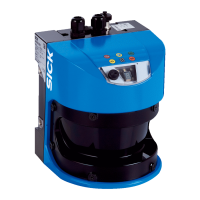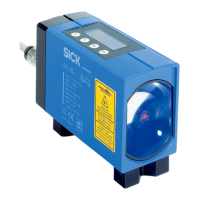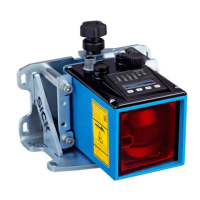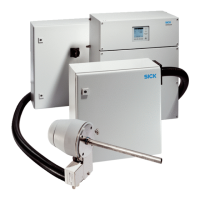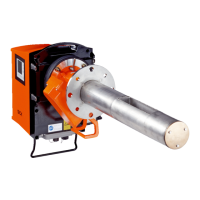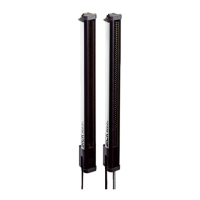OPERATING INSTRUCTIONS | LFP CUBIC 8019918/ZJA6 / 2017-07-20 | SICK AG
Subject to change without notice
40
8 OPERATION
8.4.8 Teaching in static interference signals
Static interference signals in the tank generated by tubes, beams, couplings,
or a cleaning ball can be taught-in. The probe length provides the value for the
teach-in depth.
1. Log in to expert mode; see “8.4.1 Expert mode”.
2. Access the EXPRT-Pulse-CalRng menu using the arrow and Set pushbuttons.
3. Set the value range between 95 and 6005 mm.
Note:
• The value starts from the LFP process connection.
• The value should cover all interference signals.
• Maximum value = probe length – 100 mm.
• The AutCal must then be carried out, see “7 Commissioning”.
• The CalRng parameter should always correspond to the probe length for LFPs with
remote amplier.
8.4.9 Evaluating signal quality
Parameters describe the quality of the measuring signal.
b Log in to expert mode, see “8.4.1 Expert mode”.
SigQa1
Characteristic for the robustness of the EXPRT-Pulse-TrsHld setting.
Not active in foam mode. The displayed value is only valid if the sensor displays the
correct level value.
• Value range: 0% ... 100%
• Good signal: > 40% (a high pulse reserve is provided with the current
TrsHld setting.)
b Measures: Reduce EXPRT-Pulse-TrsHld to increase SigQa1.
Note:
• Changing TrsHld will have an impact on SigQa2 and SigQa3.
• If a satisfactory SigQa1 value cannot be achieved by adjusting TrsHld in conjunction
with the SigQa values, the installation condition must be checked. Using a coaxial
tube improves signal detection, particularly in media with low DK values (e.g. oil).
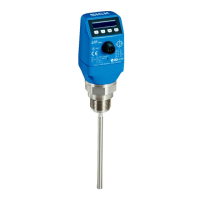
